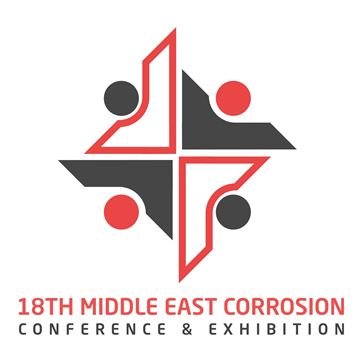Search
Conference Papers
View as
Sort by
Display
per page
The Solubility Of Feco3 In Non-Ideal Solution
Product Number:
51321-16964-SG
Publication Date:
2021
$20.00
The Study of Correlation between Coating Thickness and Long-term Durability Performance Applied to Storage Tank
Product Number:
51323-18815-SG
Publication Date:
2023
$20.00
The Susceptibility of Prestressing Strands Within Grouted Post-Tensioned Tendons to Hydrogen Embrittlement: A Review
Product Number:
51321-16869-SG
Publication Date:
2021
$20.00
The Susceptibility Of Spheroidal Graphite Cast Iron To Hydrogen Induced Stress Cracking
Product Number:
51322-17796-SG
Publication Date:
2022
$20.00
The Synergy Effect of the Geothermal Corrosion Environment on NI-P Coatings
Product Number:
51321-16439-SG
Publication Date:
2021
$20.00
The Temperature Functionality of Sensitized Stainless Steel SCC Growth in Deaerated Water
Product Number:
ED22-17110-SG
Publication Date:
2022
$20.00
The thermal properties that influence the performance of insulation coatings used for personnel protection – redefining “Safe Touch”
Product Number:
51323-19531-SG
Publication Date:
2023
$20.00
The Tippecanoe Battlefield Fence Restoration: A Case Study Wayne Lawrence, Grand Northern Products
Product Number:
41210-550-SG
Publication Date:
2010
$20.00
The Transformation of Shipping and Transport Material to Polymer-Based Products. A Case Study of Wooden-to-Plastic Pallets
Product Number:
MECC23-20031-SG
Publication Date:
2023
$20.00
The Transient pH Distribution of the Electrolyte During Mg Galvanic Corrosion
Product Number:
51324-20878-SG
Publication Date:
2024
$40.00
The Truth About TG - The Measurement and Significance of the Glass Transition Temperature
Product Number:
41206-290-SG
Publication Date:
2006
$20.00
The Ultrasonically Induced Cavitation Corrosion of UNS N010665 Alloy in Seawater
Product Number:
51317--8931-SG
ISBN:
8931 2017 CP
Publication Date:
2017
$20.00














